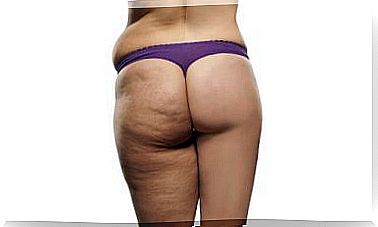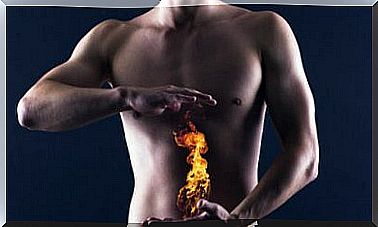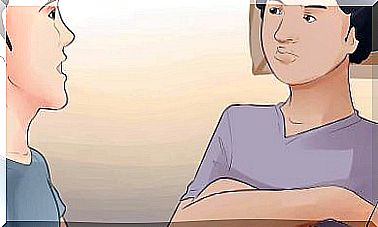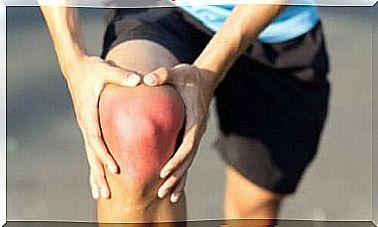Moyamoya’s Disease
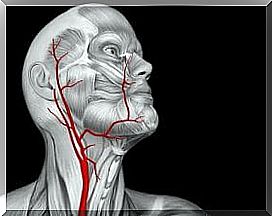
Moyamoya disease is an arterial disorder. Precisely, it is a disorder of angiogenesis, that is, of the formation of blood vessels. It affects the internal carotid arteries in the cranial entrance path.
Anatomically, the carotid arteries are born as two vessels close to the heart. They then travel upward through the neck, where each divides into two: the internal carotid arteries and the external carotid arteries.
From the neck, each pair of vessels enters the skull carrying blood pumped by the heart to the brain. Furthermore, a disease in these vessels is understood to be potentially lethal.
In Moyamoya’s disease, the internal carotid arteries narrow, reducing blood flow to the brain. As the human body has among its priorities to ensure a good cerebral irrigation, it thus develops a network of small blood vessels to “jump” the obstruction.
These new vessels fulfill the function of generating an accessory blood transport pathway from the heart. Furthermore, the small collateral vessels located at the base of the skull, when seen by complementary diagnostic methods, emulate cigarette smoke in the air.
‘ Moya-moya’ in Japanese means ‘cloud of smoke’. Hence the etymology of the disease’s name. Furthermore, it is the word that describes the smoke that comes out of volcanoes. Through angiographic images, scientists Susuki and Takaku named this disease in the year 1969.
Distribution of Moyamoya disease
The disease has an age distribution in two peaks. Symptoms are usually present in children and middle-aged adults. The first age group most affected are children between five and ten years old. Still, the second group are people between thirty and fifty.

Although cases have appeared all over the world, with low frequency, it can be said that the most affected area is Southeast Asia. In short, countries like Japan, China and Korea concentrate the largest number of cases in the world. In Japan, for example, the prevalence is one in every thirty-two thousand inhabitants.
In Southeast Asia, a series of studies have also been carried out which have found that for every two thousand Japanese adults without symptoms of the disease, there is one who has brain images compatible with the disease.
Risk factors
Today, the etiology of the disease is still unclear. It is suspected that the origin is genetic and that the arterial obstruction would have a hereditary component.
Anyway, you can name five risk factors that increase the predisposition to suffer from the disease:
- Family history: when a family member has had the disease, the probability that another immediate family member has it also increases by up to 40 times.
- Asian descent: possibly the association occurs due to genetic reasons. In summary, people who are born or come from Southeast Asia are much more likely to have the disorder than the rest of the world.
- Female: the disease is more frequent among women than among men.
- Children under fifteen: pediatric age, as explained above, is one of the most affected age groups.
- Other diseases: some cases of Moyamoya have been described combined with certain diseases, such as Down’s Syndrome, for example.
Symptoms of Moyamoya’s Disease
The initial clinical form is cerebrovascular accident. Either because the arterial blockage does not allow enough blood flow to the brain, or because the accessory vessels are weak and rupture under the effort. Both ischemia and hemorrhage are an almost lethal result.
A cerebrovascular accident can give early warnings. In children, there are often repeated seizures that respond to a lack of sufficient brain irrigation. In adults, transient ischemia that are expressed as hemiparesis or hemiplegia may occur.

The following are symptoms of poor brain irrigation:
- Headache
- visual changes
- speech difficulties
- involuntary movements
In pediatric age, a common trigger is crying. In this sense, children hyperventilate when crying intensely. However, hyperventilation requires a change in blood flow to the brain that is regulated through the constriction and dilation of blood vessels; as a result, the vessels can rupture.
Diagnosis and treatment
The only way to diagnose the disease is with brain imaging. Angiography and angioresonance are the best tests to detect the disease. In the images obtained, the reduction of arterial lumen in the internal carotids will be evident.
Furthermore, the treatment can be done with two options:
- One option is pharmacological. Medications do not reverse the course, but they help to reduce the risk of a cerebrovascular accident. Anticoagulants, vasodilators and antiplatelet agents are used.
- The second option is surgical treatment. The indication for surgery is for those patients who have already suffered a cerebrovascular event and who, with or without sequelae, are likely to repeat it.

